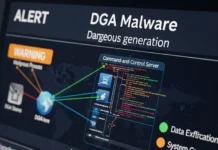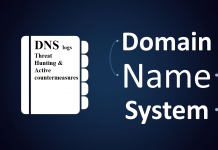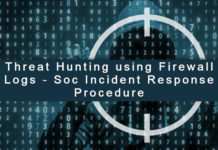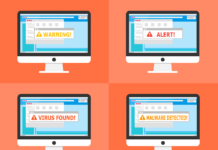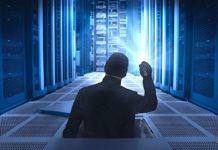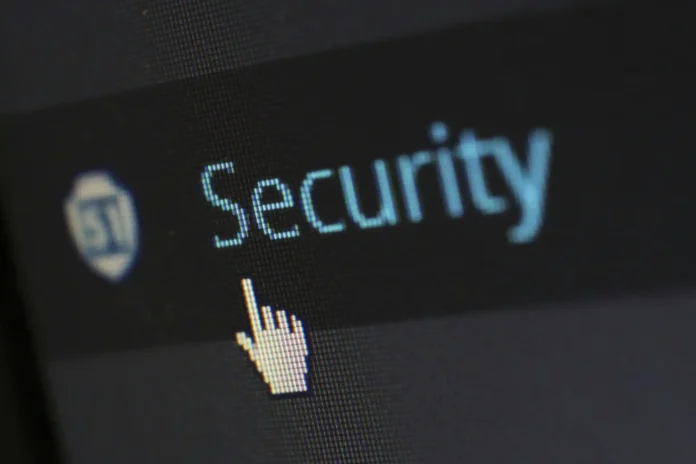Considering the benefits and proactive possibilities with AI, it only makes sense that the tech found its way into cybersecurity. Aside from the needs for this industry, it’s one that demands quick, actionable solutions. This is only made possible with technology, as human error wouldn’t allow us to successfully manage network security ourselves.
This is another space where AI is pushing legacy systems out the door. By delivering faster and smarter threat responses, companies and individuals can keep cyberattacks at bay. In the same vein, cybercriminals are using artificial intelligence to their advantage as well.
Similar to other waves in our digital era, both sides use the technology against each other, making cybersecurity an everyday battle. This article focuses on the double-edged sword that is AI in the realm of digital security measures.
Reviewing the Risks and Challenges
It’s easy to get caught up in all of the benefits that AI brings to the table. While the tech is definitely exciting for what it is, people should be equally interested in the potential risks here. If the tech isn’t set up properly, you’re leaving yourself open to more attack vectors and surface area vulnerabilities. Understanding the various risks and challenges associated with AI will only help to improve your cybersecurity measures moving forward.
1. Manipulating AI Systems
For tech savvy individuals able to find a backdoor, they can manipulate AI systems as a whole. The aim here is to derail its accuracy, leading to poor-decision making over time. Many criminals with this approach can be clever, making minor adjustments that people wouldn’t notice on the day-to-day. This can lead to significant consequences on the business front if left undetected. Biased information can lead to risky decision-making, a good highlight of why human oversight is still so vital.
2. Reduced Human Oversight
We’re already starting to see this overreliance on AI, which isn’t the safest approach, regardless of your experience level or industry. AI can still make mistakes, and it’s up to humans to catch these issues and make adjustments.
Reduced human oversight only opens you and your business to additional attack surfaces. This reliance can also have a detrimental effect on decision-making, something that’s essential, no matter how efficient AI becomes. Maintaining oversight is also an important factor for training new people down the line.
3. Data Privacy
As AI systems become rapidly integrated with our lives, data privacy should always be in discussion. Even if it’s just biased or incomplete training data, this can lead to a wild number of false results. These issues are a crucial focal point, especially for those utilizing this tech for their workflows, products, and industries.
A great example of this are tools like OCR Studio, which use AI to check identity documents accurately and efficiently. This leads to an immense amount of processed sensitive information, which means there’s very little room for error. While AI can definitely help with this, the entire operation still demands human oversight.
Endnote
Artificial intelligence can be used to do a lot of good, but it has to be steered in the right direction first. It won’t stop cyber attacks or criminals from making attempts, but at least you’ll have peace of mind due to multi-layered security. AI can help to take our society to the next level, but that same tech will also be actively used against us. Staying protected in the midst of all of this requires consistent oversight of the use of AI.





